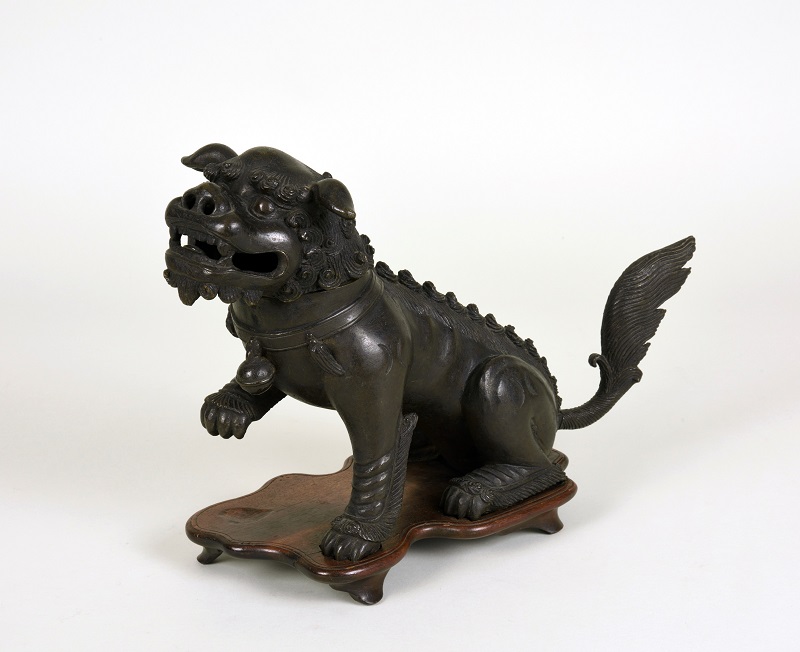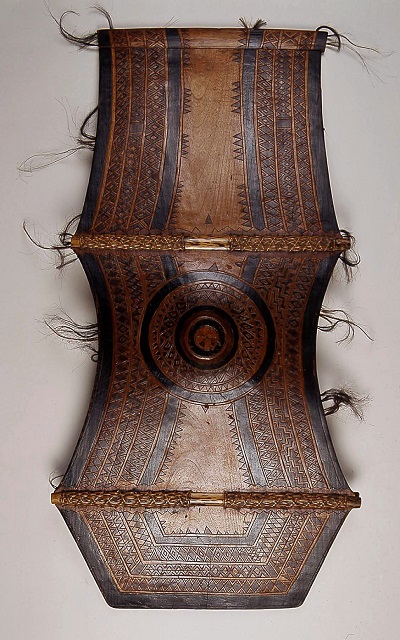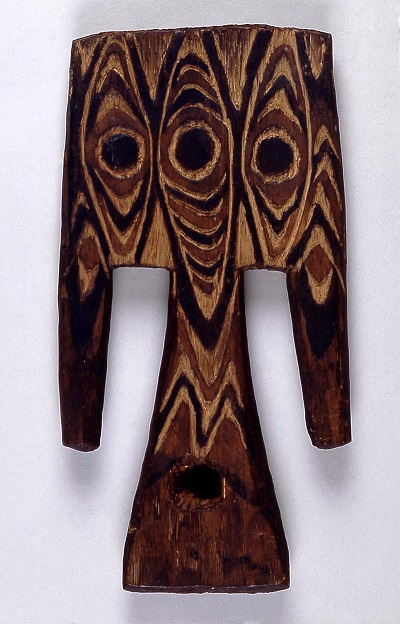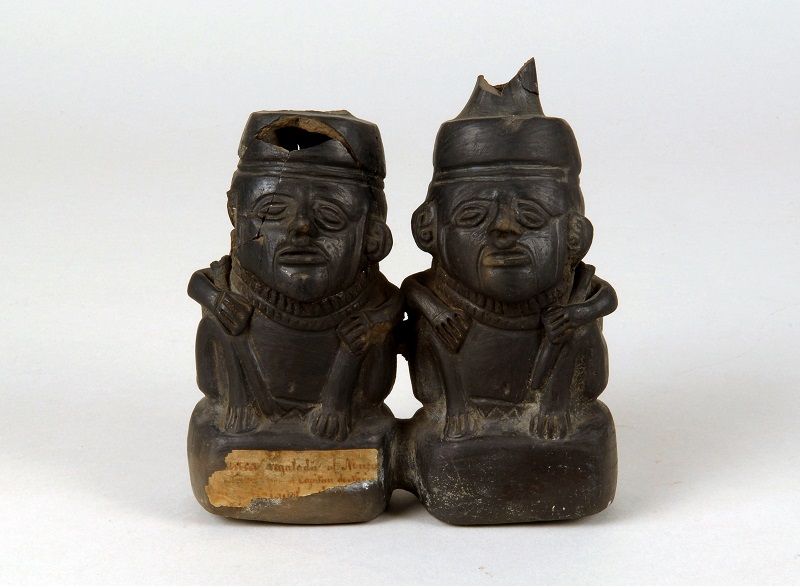Ethnography
Go backThe ethnography collection is made up of a wide variety of items such as weapons, tools, models and other objects related to navigation, mostly dating from the second half of the 19th century. They come mainly from Asia, the Pacific islands and the Philippines, and, to a lesser extent, from the Americas and Africa.
AsiaThe Asian collections have very outstanding pieces, in some cases unique in the world for their great historical importance. Their materials and typologies are connected to different regions of the Middle and Far East, such as China, Japan, India and Vietnam. Some of the pieces come from war contexts, while others were brought by members of the Navy, such as Miguel Lobo and Malagamba. Highlights include models of boats such as the Flower Boat made in Canton at the end of the 18th century. From the Spanish Royal Collection are a 19th-century Japanese takarabune or fortune boat, a Malay merchant parao, two Chinese sampans from Canton, along with other types of items, such as a set of ornamental boards from Saigon, a wooden sculpture of Smiling Buddha (Mi-lo-fo), or a container with a lid from Pagan (Upper Burma) made of lacquered basketry, designed to store rice.
PhilippinesThe Philippines collection is particularly significant for the institutional and territorial relations that this region has with the Spanish Crown. These relations were strengthened in the 18th century with the transfer to Cavite of the naval station and shipyard of San Blas de California. The ways in which the pieces came into the Museum were very varied: acquisitions, loans, and donations. Especially noteworthy is an important group of pieces sent in the late 19th century by José Ruiz de Apodaca, Commander General of the Navy of the Philippine naval station. This collection includes items such as weapons of the mountain people of northern Luzon, a flag and various lantacas of the Moros of Jolo and Mindanao, a model of the monument to Hernando of Magellan erected in Manila, a suit of armour of a Moro datto from the southern Philippines, and a hat worn by the natives of the Visayan islands.
PacíficMany pieces from different tribes of the Pacific island are preserved, such as the shields of the Kenyah-Kaya people from Borneo or from the Moluccan islands of Indonesia, a series of clubs from Fiji, a sling from Tahiti or spear from the islands of Tonga, items of personal adornment or prestige such as the lei niho paloa necklace from the Hawaiian Islands or combs and ornaments from the island of New Guinea.
AmericaThe collection of pieces from the Americas is not very extensive, but includes very important items from different periods. These include ceramics and lithic industry from the Chimú, Taino and Chancay cultures donated to the museum by a number of seafarers. The Museum also has an ethnographic collection of North American cultures, with items such as machetes, smoking pipes and a hat worn by the Mowachak chiefs, among others.
AfricaThe African section of the collection, albeit small, has some very interesting items, mainly from the 19th century, such as a chief's staff and a bell from the Bubi culture, a dagger with its sheath from Bonny, a pot from Nigeria and a copper ingot from the African coast.













